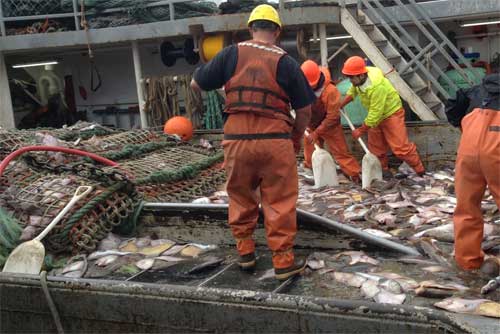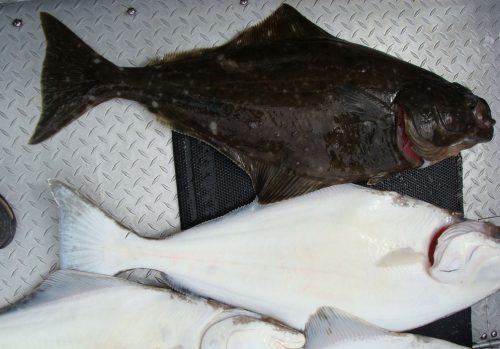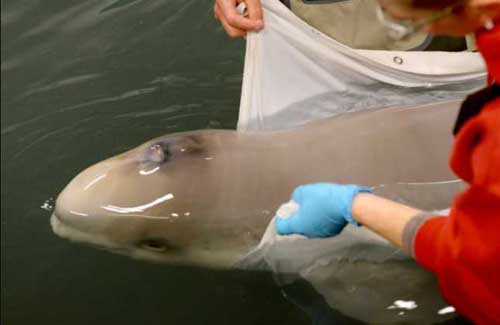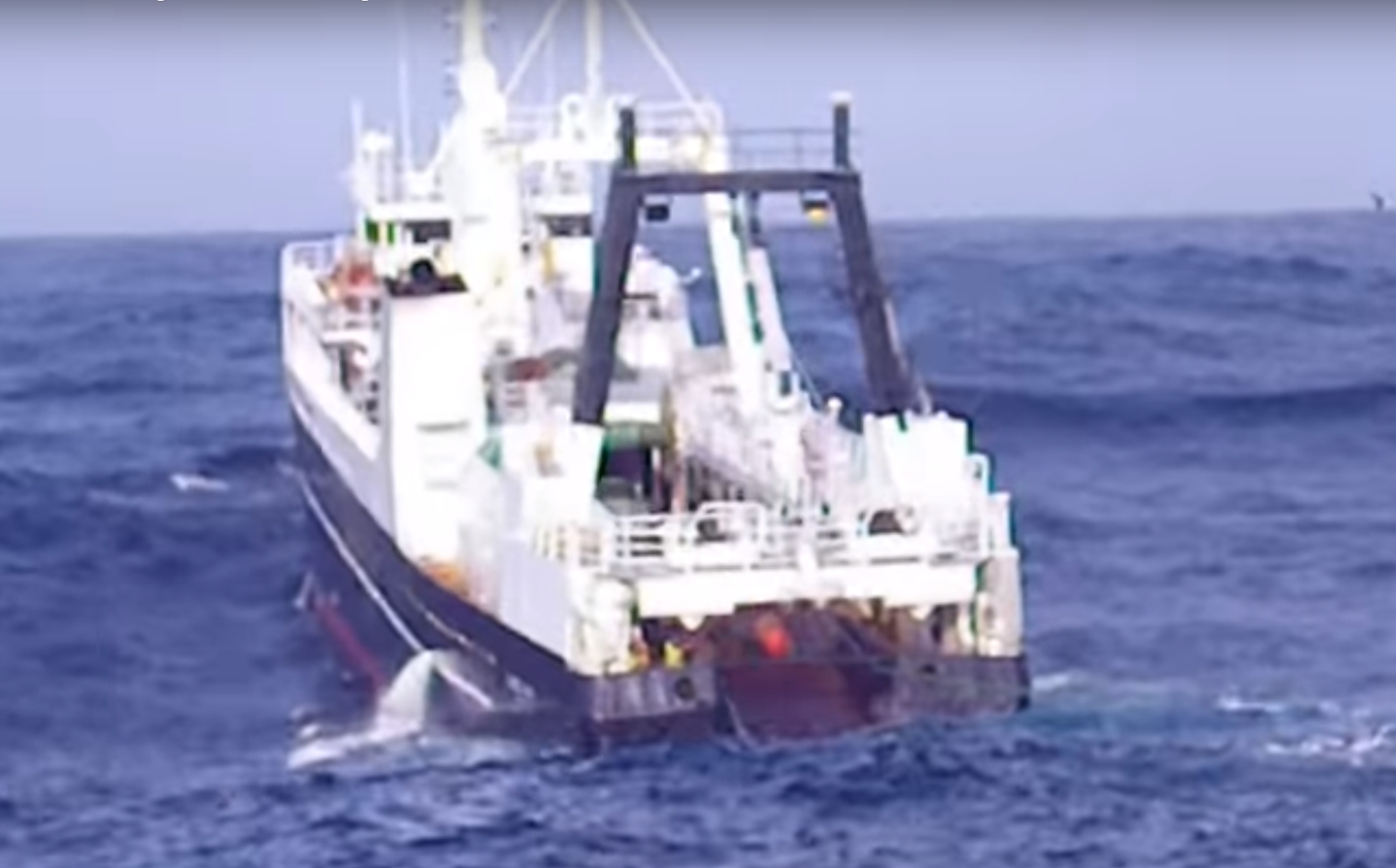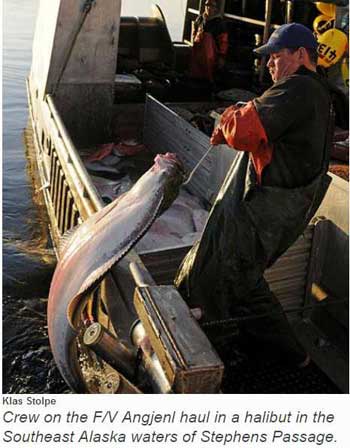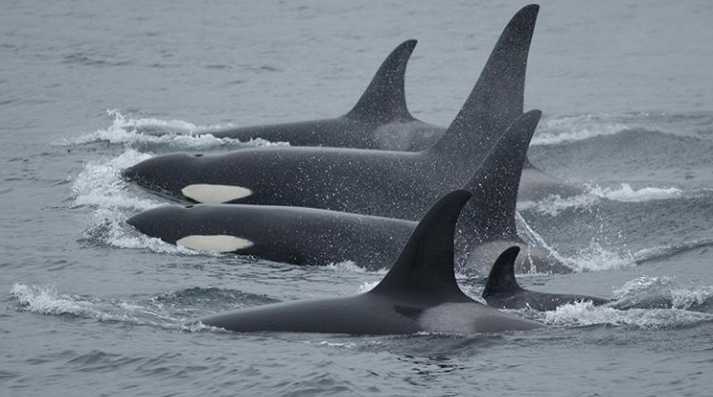Juneau, AK — NOAA Fisheries Service is accepting public comment on the agency's new proposal to change the observer program for federal groundfish and halibut fisheries off Alaska.
The proposed rule filed with the Federal Register Friday. Once published, a 60-day comment period will open up for members of the public to provide input.
Observers are trained biologists who collect information while aboard vessels and at shore-side plants during commercial fisheries. They record information such as the amount of fishing gear set and the location, how much and what kinds of fish are caught, information on prohibited species caught, interactions with protected species like marine mammals, and detailed biological information on the species encountered.
Fisheries managers, scientists and policymakers, use the collected information, which is critical to sustainable management of Alaska’s multi-million dollar fisheries industry.
NOAA put the current observer program in place in 1991. The industry-funded program has worked well, but there are some elements that need improvement.
Owners of small vessels pay observer costs that are disproportionately high relative to their gross earnings. Vessel owners with no observer coverage requirements do not contribute to the cost of observer coverage, though they benefit from management based on the observer-data collected. Vessel owners and operators who are not required to have 100-percent of their operations observed choose when to carry observers, which may not accurately represent their overall fishing behavior. Vessels less than 60 feet in overall length and vessels fishing for halibut are exempt.
The North Pacific Fishery Management Council (Council) recommended the proposed changes to more equitably distribute industry’s costs, to improve data quality, and to include halibut vessels.
The proposed rule would divide the existing Observer Program into two observer coverage categories—partial and full. All groundfish and halibut vessels and processors would be included in one of the categories.
Vessels and processors in the full observer coverage category—required to have an observer at all times—would retain the current funding and deployment system, and would continue to contract directly with observer provider companies and pay the full cost of their own observer coverage.
Vessels and processors in the partial observer coverage category—not required to have an observer at all times—would have a new funding and deployment system, and would pay a fee based on the value of each landing, similar to a sales tax, to NOAA Fisheries for their observer coverage. NOAA Fisheries is providing the $3.8 million start-up funding for the first year of this partial coverage category program. The fees collected from industry will fund the program in subsequent years.
In the partial coverage category, NOAA Fisheries would pick vessels and trips for observer coverage according to a science-based, random design. With the fees paid by industry, NOAA Fisheries would contract with one or more observer provider companies to provide observers for the partial coverage category. Because fishing trips and offloads would be picked for coverage at random to achieve an overall coverage rate, the coverage rate of individual vessels and plants in the partial coverage category could vary.
NOAA hopes to deploy observers under the restructured program by January 1, 2013. The proposed rule filed with the Federal Register today, and is expected to publish early next week. Upon publication, members of the public will have a 60-days to submit comments.
To view the proposed rule and for more information on how to comment, go to:https://alaskafisheries.noaa.gov/sustainablefisheries/observers./
NOAA’s mission is to understand and predict changes in the Earth’s environment, from the depths of the ocean to the surface of the sun, and to conserve and manage our coastal and marine resources. Join us on Facebook, Twitter and our other social media channels.
To learn more about NOAA Fisheries in Alaska, visit alaskafisheries.noaa.gov orwww.afsc.noaa.gov.
Source: NOAA

